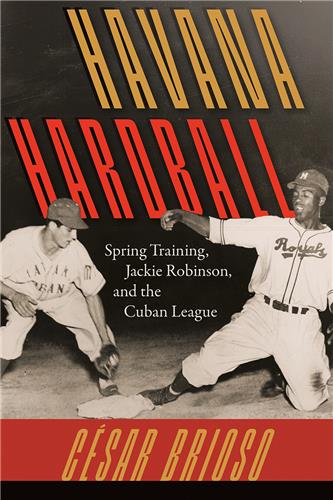Black Labor Migration in Caribbean Guatemala, 1882–1923
Frederick Douglass Opie
Foreword by Richard Greenwald and Timothy J. Minchin,Series EditorsPaper: $19.95
- Series: Working in the Americas
"A welcome contribution both because Caribbean coast laborers have received relatively little attention and because Opie does such an excellent job of placing black migrants at the center of Guatemalan and Caribbean history." --Labor
"A valuable contribution to the study of the theme of black immigrant workers of Guatemala." --Mesoamérica
"Enriches historical narratives. This is a wonderful case study that complicates Latin American history, and particularly labor history in that region, by emphasizing the positive role played by black migrants in labor mobilization in Guatemala." --Jean Muteba Rahier, Florida International University
In the late nineteenth century, many Central American governments and countries sought to fill low-paying jobs and develop their economies by recruiting black American and West Indian laborers. Frederick Douglass Opie offers a revisionist interpretation of the lives of these workers, who were often depicted as simple victims with little, if any, enduring legacy. Using primary and secondary sources as well as ethnographic data, Opie details the struggles of these workers who were ultimately inspired to organize by the ideas of Marcus Garvey.
The story of black American migration to Guatemala is of interest because a substantial number of the migrant black laborers in Guatemala found there opportunities for economic advancement. Black proletarians, subsistence farmers, and businessmen who stayed on in Guatemala made an indelible mark on Guatemalan culture, particularly in the Caribbean region, where English became the lingua franca, jazz and reggae became popular forms of musical expression, and jerk chicken and meat patties became part of the local cuisine.
Frederick Douglass Opie, professor of history and foodways at Babson College, is the author of Hog and Hominy: Soul Food from Africa to America. He blogs at www.foodasalens.com and has appeared on the popular American Public Media program "The Splendid Table" and on the History Channel.
"A valuable contribution to the study of the theme of black immigrant workers of Guatemala." --Mesoamérica
"Enriches historical narratives. This is a wonderful case study that complicates Latin American history, and particularly labor history in that region, by emphasizing the positive role played by black migrants in labor mobilization in Guatemala." --Jean Muteba Rahier, Florida International University
In the late nineteenth century, many Central American governments and countries sought to fill low-paying jobs and develop their economies by recruiting black American and West Indian laborers. Frederick Douglass Opie offers a revisionist interpretation of the lives of these workers, who were often depicted as simple victims with little, if any, enduring legacy. Using primary and secondary sources as well as ethnographic data, Opie details the struggles of these workers who were ultimately inspired to organize by the ideas of Marcus Garvey.
The story of black American migration to Guatemala is of interest because a substantial number of the migrant black laborers in Guatemala found there opportunities for economic advancement. Black proletarians, subsistence farmers, and businessmen who stayed on in Guatemala made an indelible mark on Guatemalan culture, particularly in the Caribbean region, where English became the lingua franca, jazz and reggae became popular forms of musical expression, and jerk chicken and meat patties became part of the local cuisine.
Frederick Douglass Opie, professor of history and foodways at Babson College, is the author of Hog and Hominy: Soul Food from Africa to America. He blogs at www.foodasalens.com and has appeared on the popular American Public Media program "The Splendid Table" and on the History Channel.
No Sample Chapter Available
"This book makes a valuable contribution to the study of the black immigrant workers of Guatemala."
--Mesoamerica
"A welcome contribution both because Caribbean coast laborers have received relatively little attention and because Opie does such an excellent job of placing black migrants at the center of Guatemalan and Caribbean history."
--Labor
"Sheds new light on the conditions facing African American workers who migrated to Guatemala…An invaluable and unique perspective on transnational labor organizing in the late 19th and early 20th centuries that has been largely overlooked."
--The Journal of African American History












